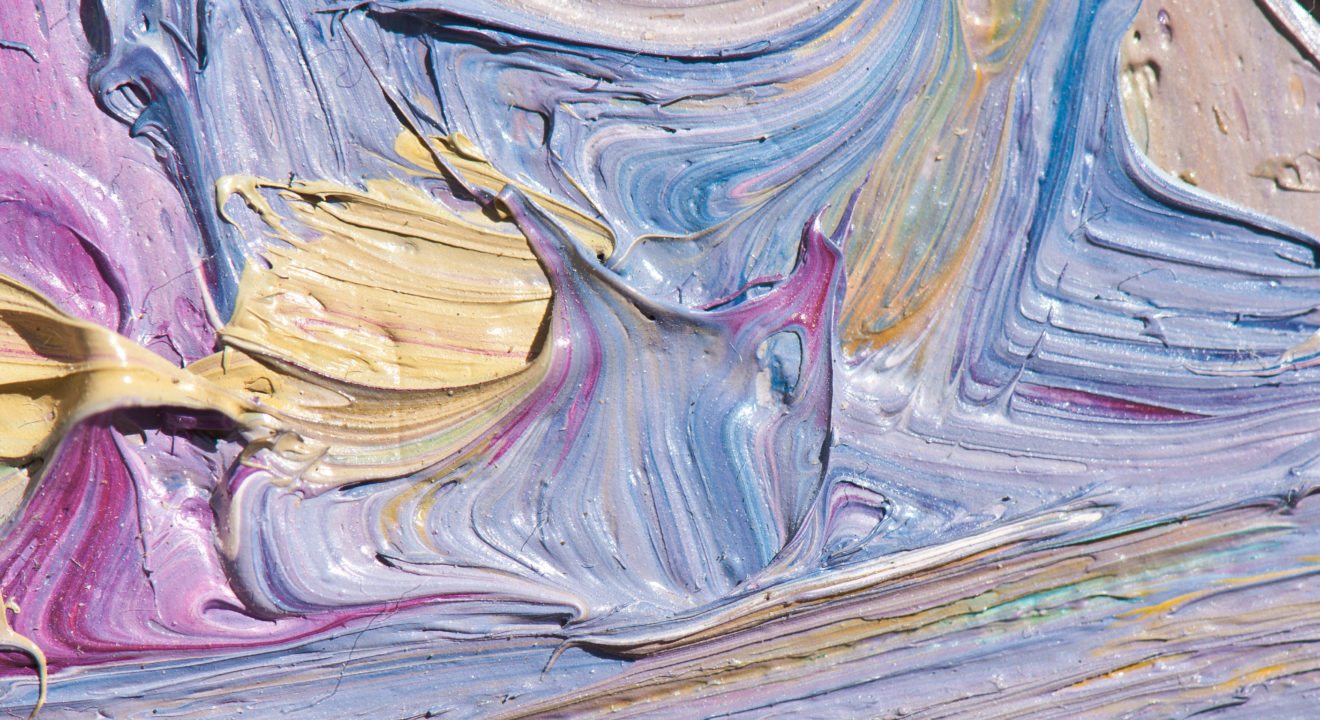February 22, 2017


If you’re looking to bulk up your paintings and add a 3D element to your next piece, look no further. The impasto painting method is the perfect way to add texture and depth to your paintings with ease. No, not antipasto, impasto.
Even if you haven’t heard the exact term, you’ve surely seen it used before. The technique involves laying paint onto a canvas so thick that the strokes of paint are visible to the viewer. The Encyclopedia Britannica describes impasto as a method used to, “make [an object] stand out from the surface.” They state that, “raw pigments applied thickly to a canvas have become a staple technique of modern abstract,” and we can see why. Because it looks so freaking cool!
Nowadays, you don’t even have to waste your paint to get this thick and intriguing look. Rather, you only need to buy an impasto medium and mix it with paint you already have. You’re thinking, “Is it really that easy?” and yes, it is! Here’s a list of artists who honed their use of the impasto method to create unforgettable pieces of artwork.
Van Gogh is easily the most well known user of the impasto method. He implemented the technique in world renowned paintings such as The Starry Night (1889) and Still Life: Vase with Pink Roses (1890), amongst many others.
The Swiss painter Pia Fries creates light pieces that balance color and shape with negative space. Her use of light-handed layering and dramatic impasto. The Christopher Grimes Gallery says, “She applies pigment – often directly from the tube – with brushes, rollers, presses, palette knifes and other instruments…Much like an archaeologist, she also scrapes, cuts or scratches off areas of the thick surface to reveal the layers of paint beneath.” Beautiful examples of her impasto work include Les Aquarelles de Leningrad (2003) and the Merian’s Surinam Series.
Erin Hanson, known for her modern impressionism, uses impasto along with vibrant colors to create landscapes that look more like dreamscapes. Organic shapes and lines identify her work. Examples of her stunning pieces are Crystal Light (2014), Viridian Rays, and Tahoe Color. Unlike some of the other artists, her use of antipasto is extremely dramatic and very apparent in her works, even when viewed digitally.
Conrad Jon Godly’s work is for anyone who loves a good summit. His use of impasto is somewhat literal, using it to create the jagged edges in his paintings of mountains and summits. His mixed layering is concise and shockingly realistic, especially in pieces such as Sol- Studies (2014).
The abstract impressionist Jackson Pollock is also known for incorporating blunt and extensive use of impasto in his pieces. He would sometimes get a heavier impasto by mixing his mediums with, “sand, broken glass or other foreign matter.” On the Jackson Pollock website, the writer outlines an instance in 1956 where TIME deemed him, “Jack the Dripper.” Pieces like Shimmering Substance (1946) and Blue Poles (1952) indicate his daring use of impasto.
If there were impasto experts, these artists would be them. Nowadays, impasto seems to have taken a permanent seat in the art world. Tate, a series of British national museums, states, “The use of impasto became more or less compulsory in modern art… a painting should have its own reality rather than just being a smooth window into an illusionist world beyond.”
While some adore the textural component that impasto brings to a painting, others are not so affectionate. What do you think of the impasto method? Are you more likely to laud a painting that looks like it’s coming right out of the canvas?